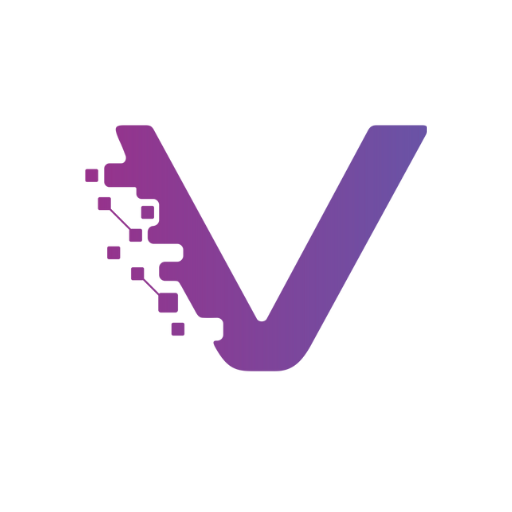In 2025, SMEs face a crossroads in choosing ERP systems that aren’t just powerful, but agile, cost-efficient, and scalable. While SAP remains synonymous with corporate-grade ERP, newer platforms like ERPNext and Odoo are gaining market share—especially among startups and mid-market players—due to their adaptability, lower cost of ownership, and ease of implementation.
This article is your straight-shooting guide—no fluff, no AI-speak. Just grounded insights, real numbers, and actionable takeaways.
Why Choosing the Right ERP Matters in 2025
A 2024 Gartner report revealed that ERP adoption among SMEs grew by 18% year-over-year, driven by digital transformation mandates and the need to consolidate systems.
According to Deloitte’s Tech Trends 2025:
– 74% of SMEs using ERP systems reported faster month-end financial closures.
– 62% reduced their IT overheads within one year.
– 49% reported better demand forecasting accuracy after integrating ERP.
ERP is no longer a “nice-to-have.” It’s a business imperative.
ERPNext: Built for SMEs by SMEs
ERPNext, maintained by Frappe Technologies, is an open-source ERP solution designed specifically for growing businesses. Its strength lies in its modularity and cost-effectiveness.
Key Stats:
– Over 20,000+ companies use ERPNext globally.
– Implementation costs are typically 60-70% lower than SAP.
– Average go-live time is 4–6 weeks, depending on customization.
What Makes ERPNext Ideal for SMEs:
– No license fee—just hosting, setup, and customization.
– Built-in modules for accounting, CRM, HR, manufacturing, and more.
– Fully open-source, which means complete control over data and upgrades.
– Easy integration with tools like Shopify, Razorpay, Slack, and WhatsApp.
SAP: Enterprise-Grade, But Is It Overkill?
SAP Business One and S/4HANA are robust, but come with considerable cost and complexity. Originally designed for large enterprises, SAP has made efforts to tailor its offerings to smaller companies—but the total cost of ownership remains high.
Key Stats:
– SAP has over 400,000 customers worldwide, but less than 6% are SMEs (SAP Annual Report 2024).
– Average ERP project with SAP takes 6–12 months to implement.
– Total cost of ownership is estimated to be 5–8x higher than ERPNext over five years.
Common Concerns:
– Complex user interface.
– High dependency on certified consultants.
– Hidden costs: licensing, maintenance, support, and customization.
Odoo: The Modular Middle Ground
Odoo is a hybrid ERP offering both a free Community edition and a paid Enterprise version. It is highly modular, meaning you only pay for what you use.
Key Stats:
– Used by over 12 million users globally.
– Odoo’s paid Enterprise plan starts at around $25/user/month, but additional apps and hosting costs add up.
– Implementation timelines vary but average 6–8 weeks for SMEs.
What SMEs Like About Odoo:
– Sleek, modern UI.
– App-store like architecture.
– Flexibility to start small and scale.
Caution Points:
– Many features require paid modules.
– Vendor lock-in risk with Enterprise edition.
– Performance issues at scale unless optimized correctly.
Critical Factors to Consider in 2025
- Total Cost of Ownership
– ERPNext: Starts as low as $100/month for hosting + dev.
– Odoo: Entry-level affordable, but costs scale with user count and modules.
– SAP: Starts in the thousands and can cross $100,000+ easily for mid-sized implementations. - Implementation Time
– ERPNext: 4–6 weeks
– Odoo: 6–8 weeks
– SAP: 6–12 months - User Training & Adoption
– ERPNext and Odoo offer intuitive dashboards and require minimal training.
– SAP typically requires formal training (sometimes third-party), adding cost and time. - Scalability & Ecosystem
– SAP is more scalable out of the box but expensive.
– ERPNext and Odoo can scale with good development partners (like Vedx) and tailored cloud infrastructure. - Customization & Integration
– ERPNext and Odoo are highly customizable and developer-friendly.
– SAP customizations require proprietary tools and trained consultants.
Which ERP Should You Choose in 2025?
If your SME is:
– Cost-conscious and fast-moving → Go with ERPNext.
– Looking for modularity and an app-like interface → Choose Odoo.
– Heavily regulated and globally distributed → SAP might be the right (but expensive) fit.
Why Vedx Recommends ERPNext or Odoo for SMEs
At Vedx Solution, we’ve helped dozens of SMEs digitally transform with ERPNext and Odoo—without drowning in SAP-level costs. Our in-house team of certified ERP developers and consultants deliver:
– Faster go-live times (30–40% less than industry average)
– Ongoing support and upgrades
– Custom dashboards and automation tools
“We’re not just ERP implementers. We’re your digital transformation partners.”
Final Word: Your ERP Decision is a Business Strategy
Don’t let the brand name sway you. Look at what fits your team, budget, and growth stage.
Vedx can help you evaluate, implement, and scale the ERP that fits your business best.


